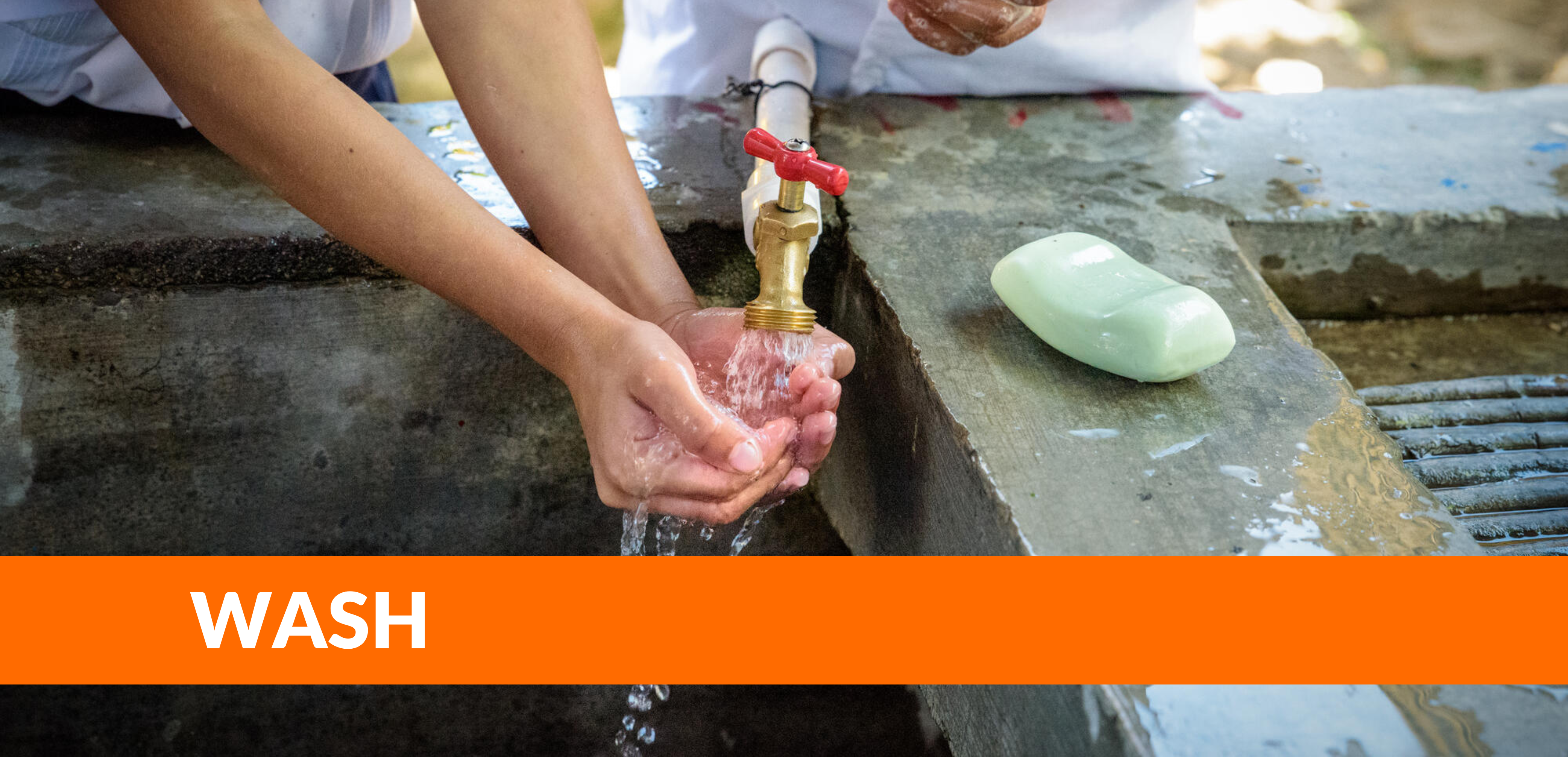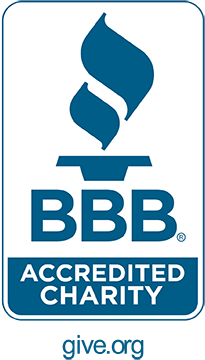Abstract: Handwashing with soap (HWWS) is critical for preventing diarrheal and respiratory infections and is an important policy priority to achieve the Sustainable Development Goals (SDGs). We analyzed hygiene data from 36,860 household surveys from rural areas in India, Honduras, and twelve countries in sub-Saharan Africa (SSA). We report descriptive statistics and compare and critique three indicators: (1) access to basic hygiene services, defined as a reported designated handwashing area with observed water and soap at the time of the survey; (2) use of both soap and water during demonstrated handwashing; and (3) reported handwashing both after defecation and before preparing food. Overall, 10% of surveyed households (4% in SSA) had access to basic hygiene services and 48% of respondents (45% in SSA) used both soap and water during demonstrated handwashing. Inconsistencies between these indicators suggest no single indicator can provide a holistic picture of household hygiene; reporting on handwashing infrastructure alone may underestimate household access to soap and water and HWWS behaviors. Across the 14 countries, there was an average 22 percentage point (p.p.) gap (median 20 p.p.) in use of both water and soap during demonstrated handwashing between respondents in the wealthiest and poorest quintiles surveyed. This finding highlights the continued need to emphasize inclusivity aspects of the SDGs. Data around respondents’ reported exposure to hygiene promotion showed that respondents rarely heard messaging about cleanliness from faith leaders, revealing an overlooked opportunity to empower faith leaders to promote handwashing in low- and middle-income countries.
Article from:
International Journal of Hygiene and Environmental Health
Volume 237, August 2021, 113810





